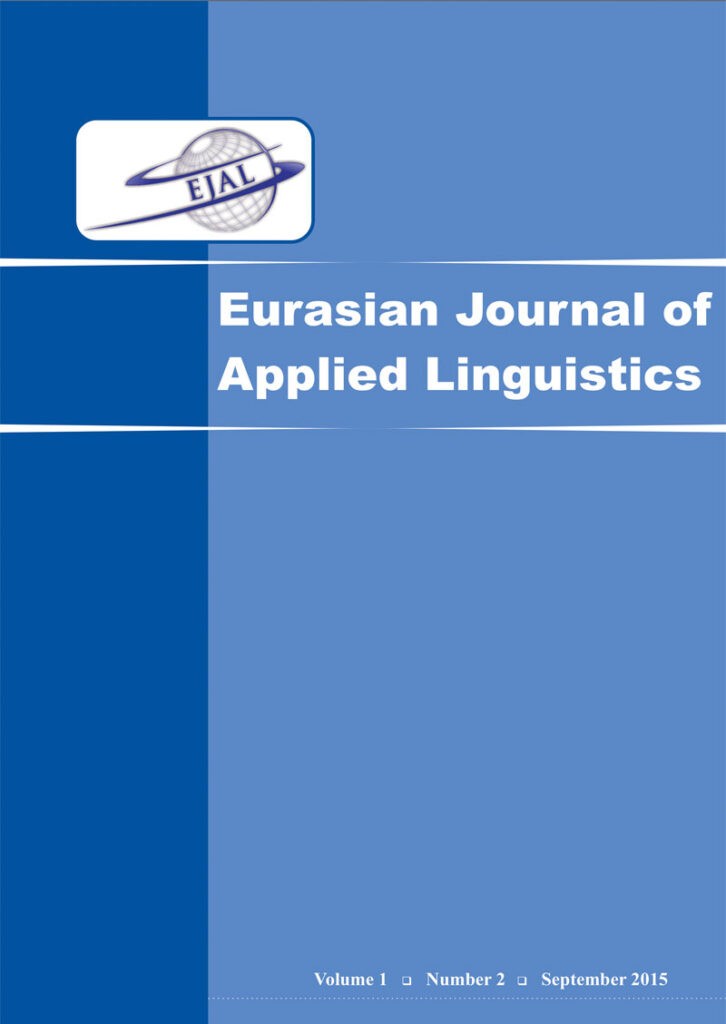Mehmet Akıncı
Şehir University
Şehir University
Senem Yıldız
Boğaziçi University
Boğaziçi University
Keywords: Corpora, corpus consultation, collocation, vocabulary instruction, data-driven learning
Abstract
This study examined the effectiveness of data-driven learning (DDL), explicit instruction and these two methods combined in teaching verb+noun (V+N) collocations to advanced Turkish learners of English. Recognition accuracy of V+N collocations was measured along with participants’ judgment about the acceptability of these collocations. It also explored the opinions of learners about using corpus in learning V+N collocations. Quantitative data were analyzed via a one-way independent analysis of variance and descriptive statistics. Results revealed a statistically significant difference between the three groups in their recognition accuracy of V+N collocations. While the Explicit-Instruction (EI) Group and the Combined (C) Group scored significantly higher than the Data-Driven Learning (D) Group, the means of the EI-Group and C-Group did not significantly differ. With respect to the judgment about the acceptability of V+N collocations, the EI-Group significantly outperformed the D-Group; but the difference between the EI-Group and the C-Group; or between the C-Group and the D-Group was not statistically significant. The questionnaire data showed that the participants found the instruction with the use of corpus more useful and effective for learning V+N collocations than instruction without.

